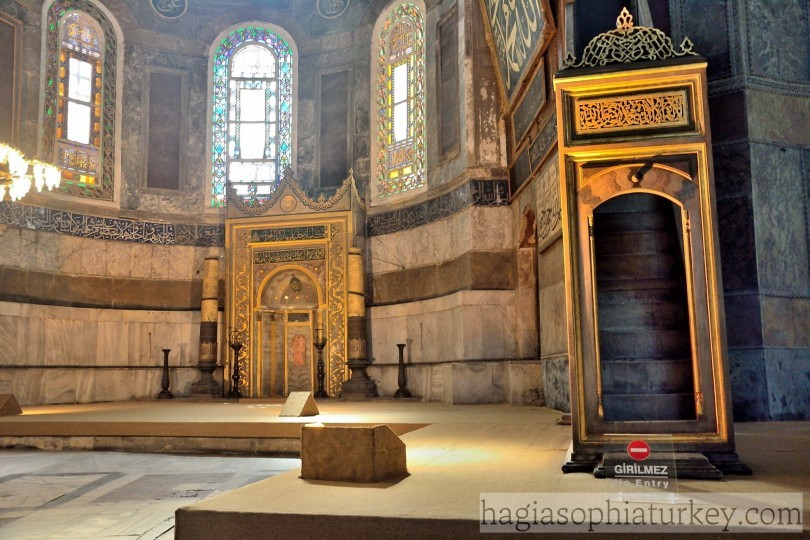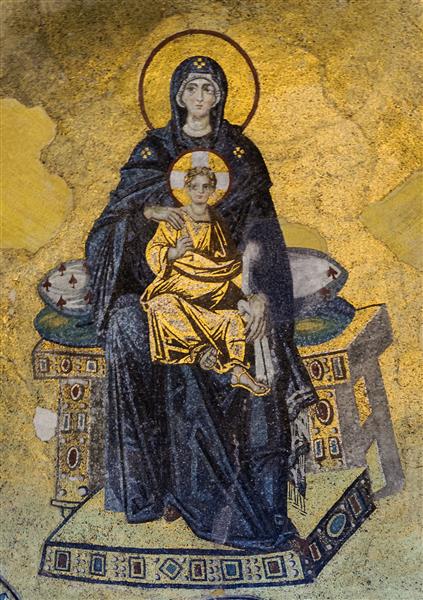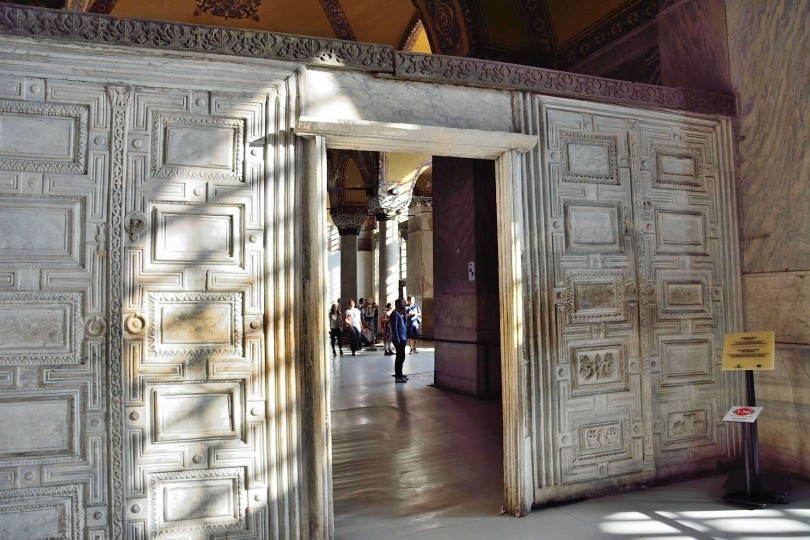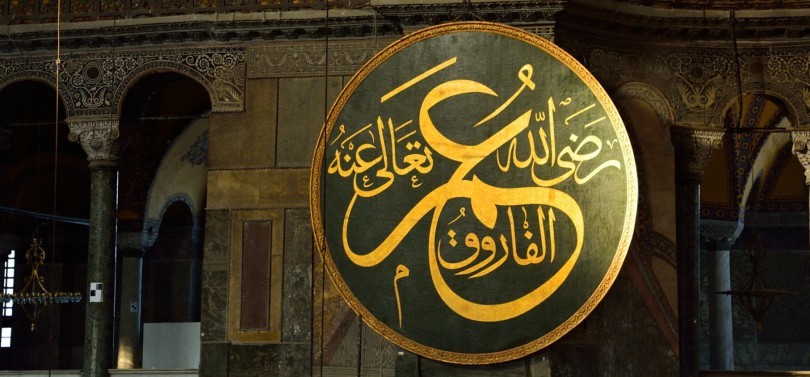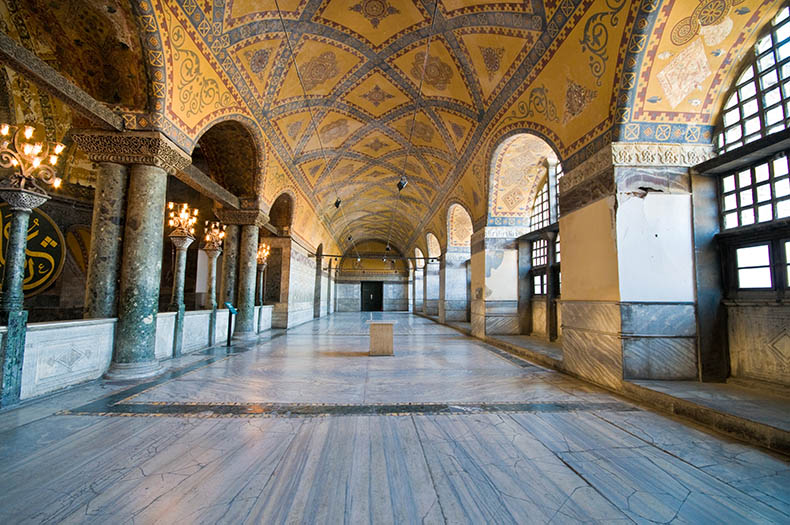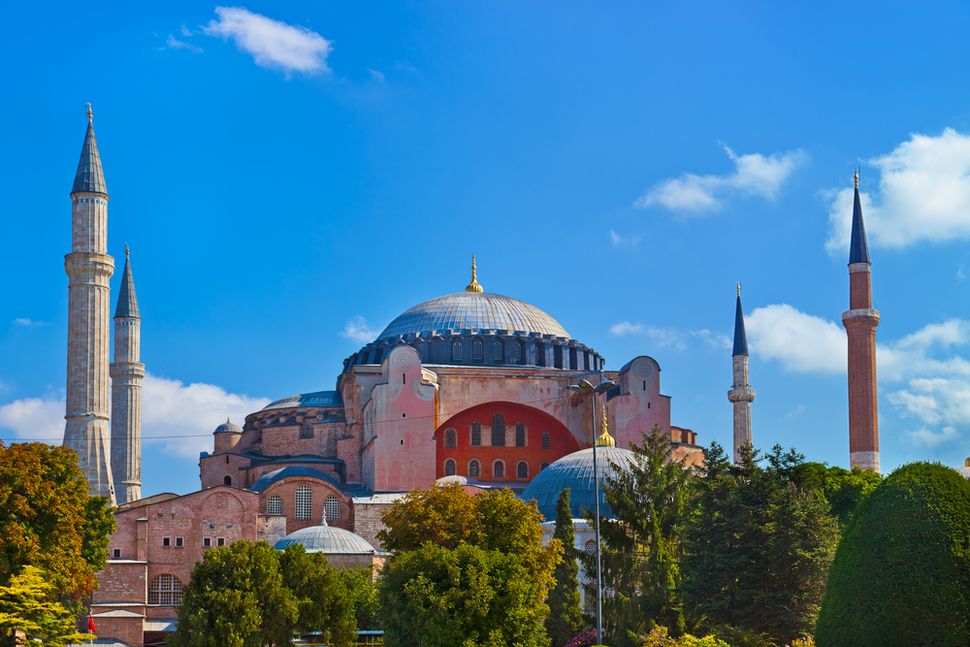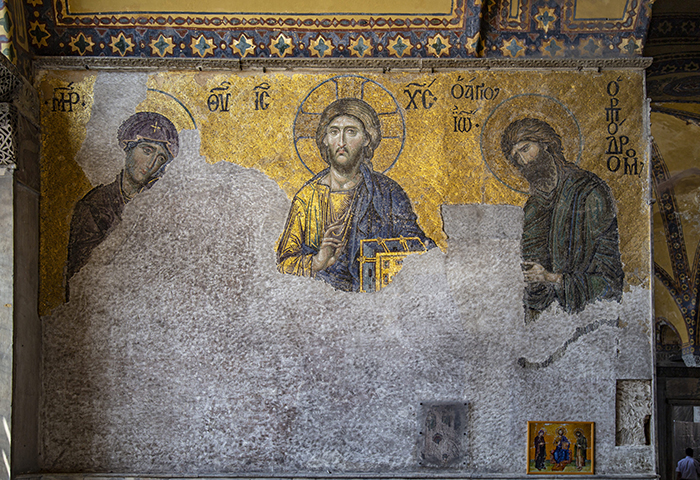Hagia Sophia
Istanbul, Turkey
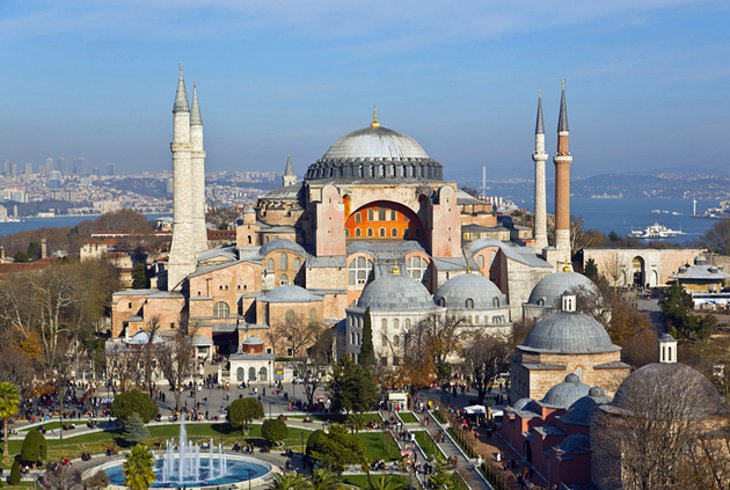
Explore Hagia Sophia, Istanbul’s iconic 6th-century masterpiece blending Byzantine art and Ottoman architecture, open to visitors today.
Hagia Sophia, built in 537 AD by the Byzantine Emperor Justinian I, has stood as a central symbol of power, faith, and architecture for nearly 1,500 years. It was originally constructed as a Christian cathedral, later converted into a mosque by the Ottomans in 1453, transformed into a museum in 1935, and in 2020, it was reopened as a functioning mosque. This architectural marvel is best known for its massive central dome, which was considered a breakthrough in engineering during its time and influenced religious architecture for centuries. Inside, you'll find a rare blend of design elements: intricate Byzantine mosaics, massive marble pillars, and towering medallions with Arabic calligraphy, all coexisting under one breathtaking ceiling. A fun feature inside is the "Weeping Column," a pillar believed to have healing powers. Visitors often place their thumb into a small hole and turn it 360 degrees while making a wish—a playful tradition that adds to the building's mystique. Today, Hagia Sophia welcomes millions of visitors each year. While it operates as a mosque, tourists are welcome to explore outside of prayer times. Entry is free, but modest dress is required, and you'll need to remove your shoes before stepping inside. It's a powerful place where history, culture, and faith are etched into every stone.
Location
Coordinates: 28.9802, 41.0086
View on Google Maps
